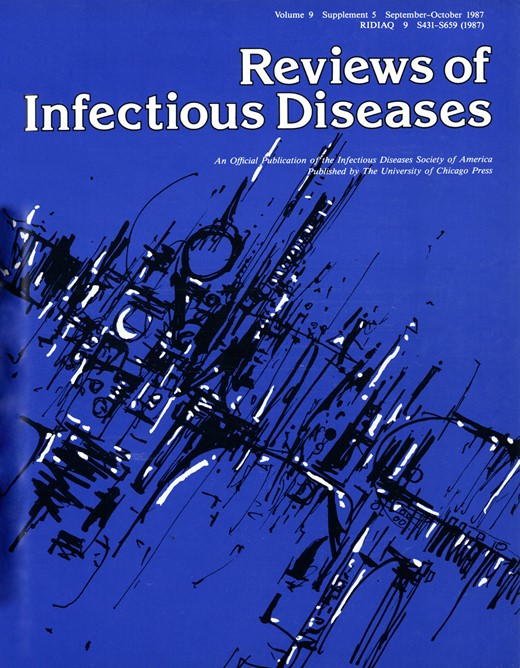-
Views
-
Cite
Cite
Stephan E. Mergenhagen, Ann L. Sandberg, Bruce M. Chassy, Michael J. Brennan, Maria K. Yeung, Jacob A. Donkersloot, John O. Cisar, Molecular Basis of Bacterial Adhesion in the Oral Cavity, Reviews of Infectious Diseases, Volume 9, Issue Supplement_5, September-October 1987, Pages S467–S474, https://doi.org/10.1093/clinids/9.Supplement_5.S467
Close - Share Icon Share
Abstract
The two varieties of fimbriae identified on oral strains of actinomyces have distinct functional properties. The type 1 fimbriae of Actinomyces viscosus T14V mediate attachment to saliva-treated hydroxyapatite. Type 2 fimbriae - on A. viscosus and the only fimbriae detected on A. naeslundii WVU45 - are associated with lectin activity. Interaction of these fimbriae with complementary receptors initiates bacterial attachment to Streptococcus sanguis 34 and sialidase-treated epithelial cells and the killing of actinomyces by polymorphonuclear leukocytes (PMNs). Galactose, N-acetylgalactosamine (GaINAc), and related oligosaccharides inhibit these processes, and mutants lacking type 2 fimbriae do not participate in them. The actinomyces lectin is similar to lectins from Ricinus communis and Bauhinia purpurea that agglutinate certain strains of oral streptococci, block attachment of actinomyces to epithelial cells, and inhibit killing of actinomyces by PMNs. The S. sanguis receptor for the actinomyces lectin comprises repeating hexasaccharide units with GalNAc termini. Used as probes, the peanut agglutinin, with specificity for Gal(β-3)GaINAc, and the lectin from B. purpurea detect a 160-kilodalton (kdal) band in SDS-PAGE-separated epithelial cell extracts and a l00-kdal band in PMN extracts. These may be receptors for type 2 fimbriae. A. viscosus genes encoding subunits of types 1 and 2 fimbriae have been cloned in Escherichia coli; the type 1 subunit is 65 kdal and the type 2 subunit is 59 kdal. Submandibular immunization of mice with a mixture of type 1 and type 2 fimbriae evokes the production of IgA and IgG antibodies in serum and saliva that inhibit in vitro adsorption of A. viscosus to SHA. These antibodies may modulate colonization of teeth by this organism.
- actinobacteria
- acetylgalactosamine
- adsorption
- bacterial adhesion
- ricinus communis
- durapatite
- bacterial fimbria
- genes
- hydroxyapatites
- immunization
- lectin
- mouth
- neuraminidase
- neutrophils
- oligosaccharides
- peanut agglutinin
- saliva
- streptococcus
- streptococcus sanguis
- teeth
- immunoglobulin a
- antibodies
- galactose
- mice
- actinomyces viscosus
- epithelial cells
- igg antibody
- escherichia coli
- microbial colonization
- killing
- use techniques of reflection and clarification in communication







Comments